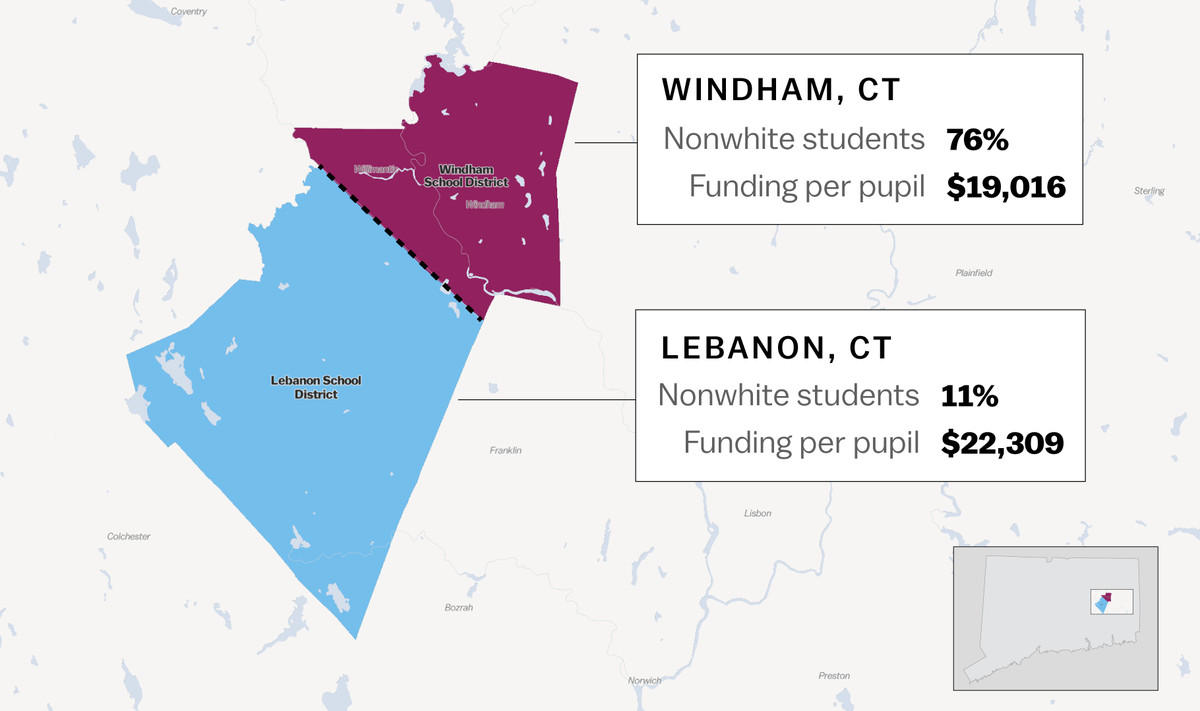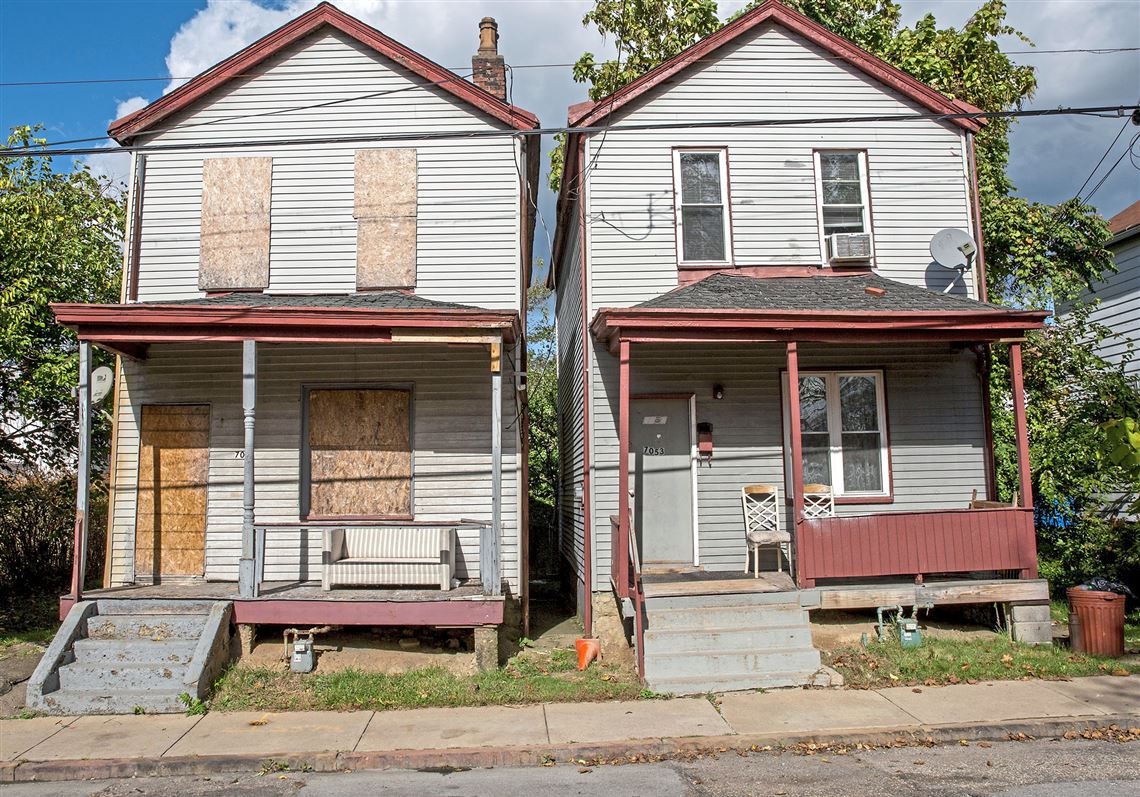During the EOTO presentations, we were able to the effects of the civil rights movement along with the civil rights act. We were able to see both sides of the violence outroar against civil rights and the continuous advancements of the civil rights and protections of those rights. We discussed the “Stand in the Schoolhouse Door” which was a movement to stop the desegregation of schools against Brown v Board, but we also discussed Swann v Charlotte which forced schools to start bringing diversity to their schools. However, this EOTO also put into perspective that these events were not that long ago, my great-grandma and grandma were able to live through these events, experience them, and witness them on TV. Since these events are so recent, we can still see their effects clearly in the way things are run today.
One of the topics that I felt we can see the effects of today very clearly is Redlining. “Redlining can be defined as a discriminatory practice that consists of the systematic denial of services such as mortgages, insurance loans, and other financial services to residents of certain areas, based on their race or ethnicity.” I felt the presentation given on this was very well done because it discussed how redlining doesn’t only affect housing but it also affects schools, health, and the outlook of future generations.
In schools, we can very clearly see the effects of redlining, along with redlining we also have school districts. School districts determine what school you go to based on your neighborhood to make transportation accessible. However, due to redlining, you had a majority of black students go to one school because their parents were all redlined and a majority of white students go to another school because they live in the same school district. This leaves schools in majority-black neighborhoods with lower test scores and lower funding because of the education and economic gap. This creates the modern-day separate but equal within public schooling. As an example, “in Columbus, Ohio two elementary schools – Clinton Elementary and Como Elementary – are just over a mile apart. Cliton elementary students preform very well, with 87 percent proficient in reading. At Como Elementary however that figure falls to 44 percent”.
In terms of health, redlining forces African American or ethnic people into neighborhoods with factories, highways, or areas of high pollution right in their backyard. In areas of high pollution, we can also expect people to have respiratory diseases such as asthma, pneumonia, and lung cancer. Many studies it has also shown that people in these redlined neighborhoods are more susceptible to catching sicknesses like Covid 19 and the Flu. Even life expectancy can be lowered due to redlining “On average, life expectancy is lower by 3.6 years in redlined communities, when compared to the communities that existed at the same time but were high-graded by the HOLC.”
Finally, the outlook of future generations, most people believe you are a product of your environment. Imagine living in a redlined neighborhood going to an underfunded school, living in a house where your backyard is a highway instead of grass, and being at a higher risk of being sick. Growing up in a community like this puts too many hardships on a child from a very young age and they become tired and burnt out by the time they enter adulthood. If the future generation only knows what it’s like to live in a redlined neighborhood, they will then also settle to live in a redlined neighborhood continuing the cycle because that’s all they know.
In conclusion, redlining is a key tactic to maintain systematic racism. While we have gotten rid of separate but equal it is still maintained in our schools and neighborhoods through tactics like these.
The population of people living in the best areas of Greensboro (87% White)
The population of people living in the most hazardous areas of Greensboro (81% Black)
Additional links










No comments:
Post a Comment